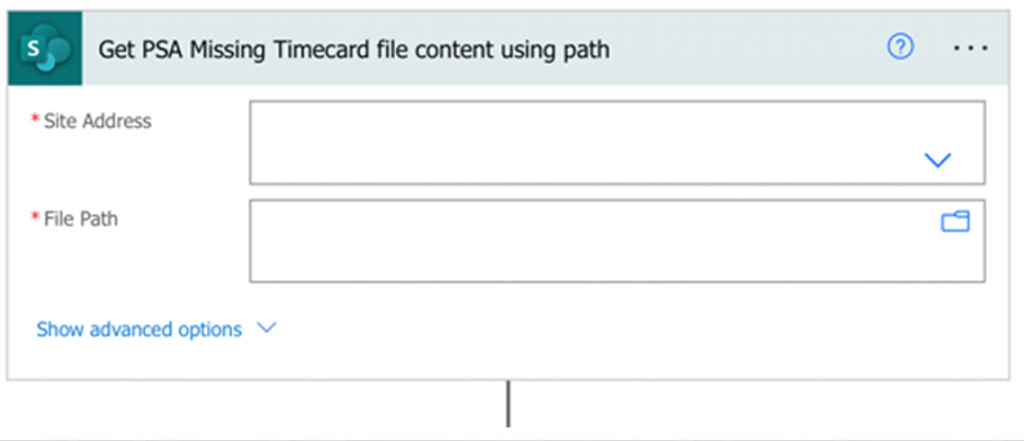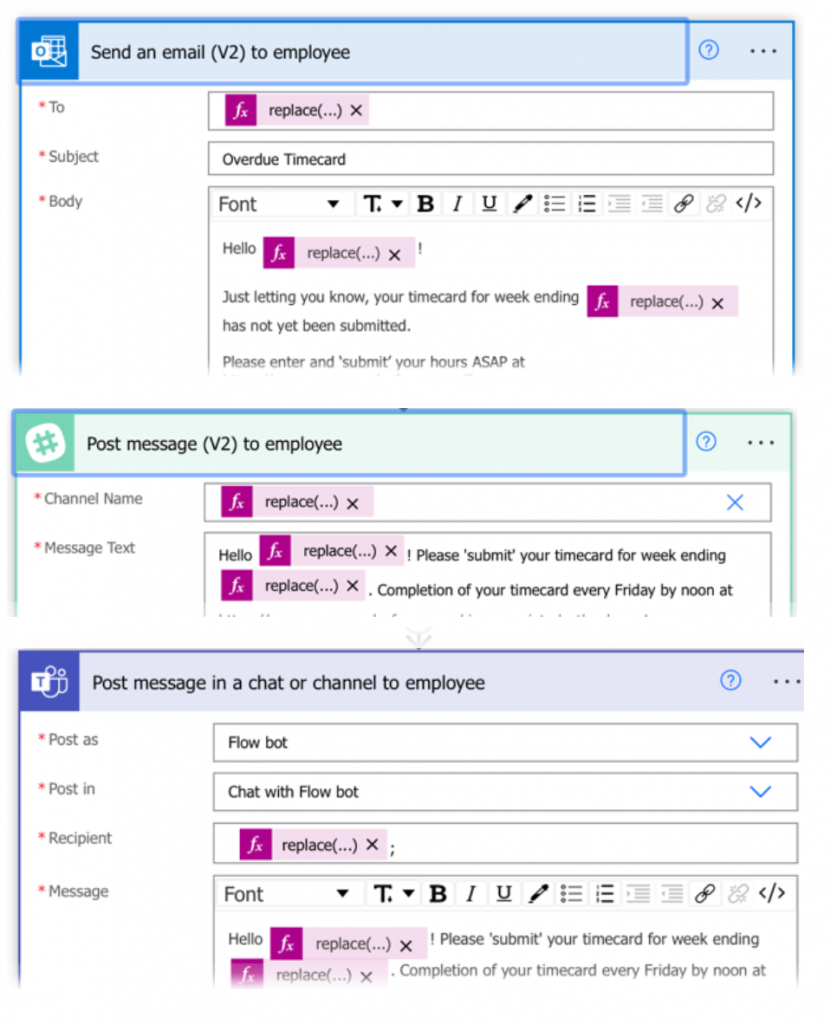How automating pricing with MS PowerApps saved a major telco client time and money

Steve Avery
Director
ARQ Group

Matthew Conquest
Principal Consultant
ARQ Group

Swetha Veeranna
Senior Consultant
ARQ Group

Swati Kute
Associate Consultant
ARQ Group

Evelyn Mieu
Associate Consultant
ARQ Group
- June 1, 2022
- 12:59 am
How automating pricing with MS PowerApps saved a major telco client time and money
Project Background
In the telecommunication industry, price plays an important role in the consumer purchasing decision process. Therefore, it’s essential that telecommunication providers have access to efficient financial modelling tools to be able to swiftly price products and react to competitor pricing changes.
ARQ Group worked with a major telecommunication provider to solve the challenges they had been facing with automating their product pricing process for mobility solution sales through a custom Microsoft PowerApps solution.
The Challenge
ARQ worked with the major telecommunication provider to understand the key challenges they were facing with automating their product pricing process for mobility solution sales.
Summary of the key challenges:
Multiple manual data processes
The organisation was using a spreadsheet-based tool for financial modelling which required numerous manual platforms and spreadsheets to assess the commercial impacts of pricing changes and deals. Subsequently, this resulted in lack of visibility on the status of pricing changes and made it more difficult for employees to quickly price products.
Pricing automation
ARQ understood the clients need to automate the pricing process for mobility solution sales with a custom pricing application, reducing time, costs, and the possibility of errors. The automation was particularly important to the client as they had attempted this twice before with no success.
Solution
ARQ successfully delivered a custom pricing application for our client in only six months using Microsoft PowerApps, which enabled the telecommunication provider to complete all pricing changes and assessments for mobility solution sales in one platform.
This solution was delivered in two phases:
Phase 1 – Proof of concept
During this phase we collaboratively worked with the telecommunication provider to streamline their data processes and deliver a proof of concept for one of their four product portfolios using Microsoft PowerApps. The proof of concept was a great way to showcase the capabilities of Microsoft PowerApps and demonstrate how it could meet the pricing requirements of the telecommunication provider.
Phase 2- Delivery
The success of the proof of concept enabled us to proceed with the full delivery scope for the other products. The delivery plan was executed in fortnightly sprints to optimise efficiency and enable key stakeholder feedback. ARQ was able to successfully deliver the custom pricing application for all four-product portfolios in six months using Microsoft PowerApps.
Results
Through the partnership with ARQ Group, the major telecommunication provider has been able to automate their pricing process and improve the speed and efficiency to which they can make pricing changes for mobility solution sales. Additionally, they can now easily generate reports to swiftly identify the impacts of pricing changes.
Operationally this has enabled the organisation to increase their speed to market with pricing changes for mobility solution sales, save costs and maximise resource efficiency.
Team
- Steve Avery (Director)
- Matthew Conquest (Principal Consultant)
- Swetha Veeranna (Senior Consultant)
- Swati Kute (Associate Consultant)
- Evelyn Mieu (Associate Consultant)
If you’d like to learn more about how ARQ can solve your business challenges with custom Microsoft PowerApps solutions, contact us today at Enterprise.Sales@arq.group
More to explore

Digital Twins: Helping Your Home and Bamboo Reach Their Full Potential
From smart homes to Smart Cities, discover the hidden potential of Digital Twin technology. Welcome to an exciting journey into the world

6 FinOps Trends and Predictions for 2023
The words ‘cloud cost optimisation’ may be enough to make any CFO and CIO’s heart skip a beat in a world where

How we created our immersive metaverse experience
How do you bring together a geographically distributed workforce across the world for a major corporate event? Metaverse – the latest buzzword








